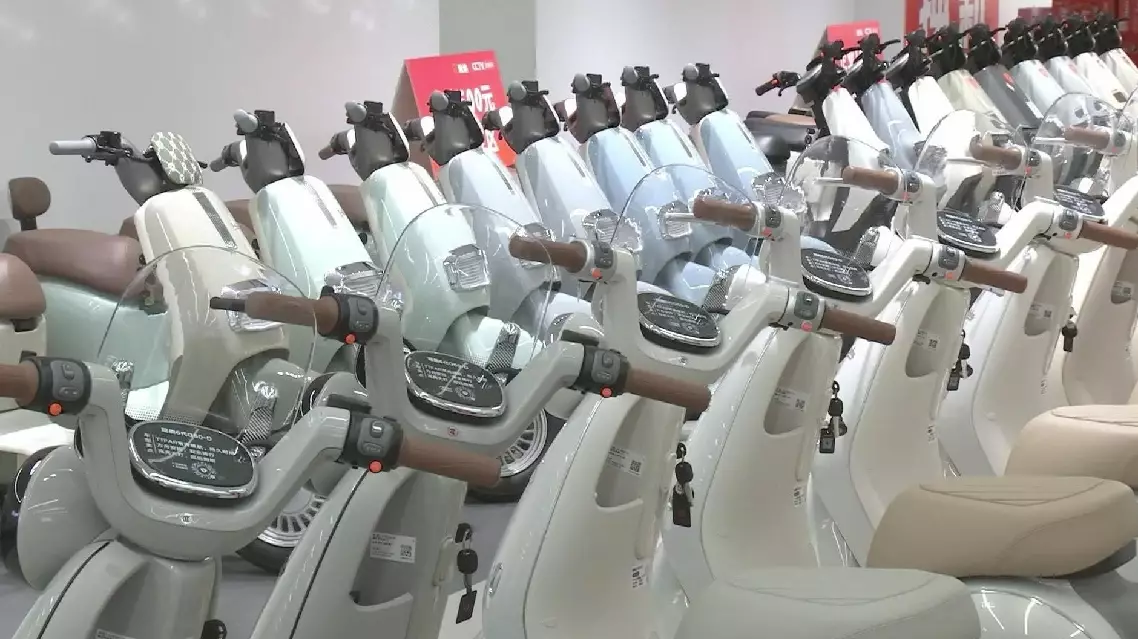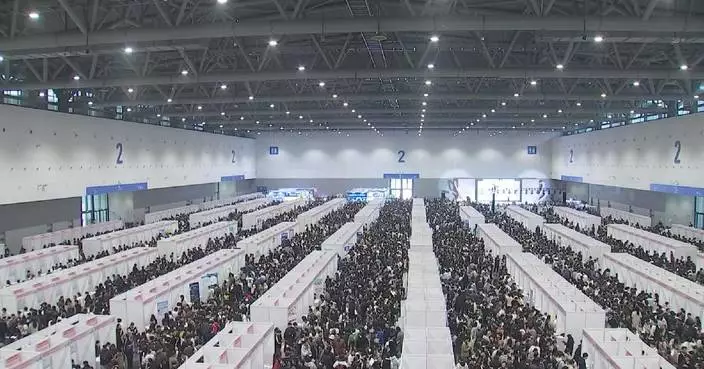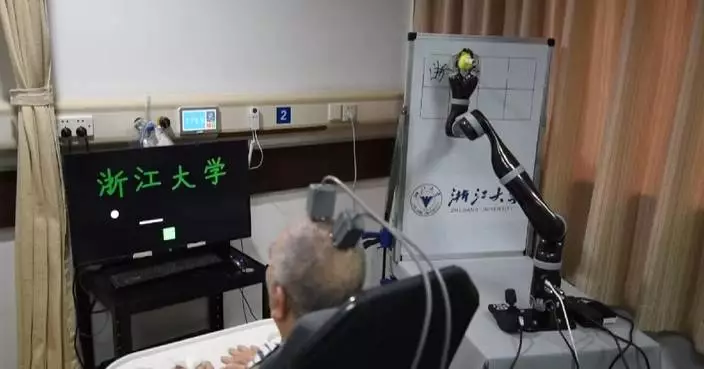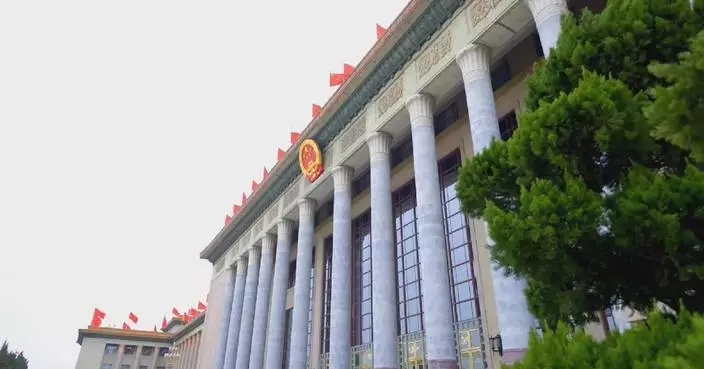The fifth episode of a new documentary recounting China's military transformation aired on China Global Television Network (CGTN) Sunday focuses on the Chinese People's Liberation Army (PLA)' efforts to strengthen technological innovation for "intelligentized" warfare.
The documentary titled "Aspire Higher: the PLA Advances" consists of six episodes aired from July 31 to Aug 5, offering an unprecedented look at the reform and renewal of the PLA, which marks the 97th anniversary of its founding on Thursday.
The fifth episode, "The Technology," starts with a multi-unit coordinated operation in western China, marking a groundbreaking innovation in combat methods for the PLA's first integrated reconnaissance and strike drone unit.
Leading this initiative is Li Yang from the PLA Air Force, who serves as the chief designer.
"I think drones have greater potential for carrying out missions. The more deeply you explore, the greater their potential is, and the more missions they can carry out," Li Yang explains. "Drones in fact play a significant role in our joint operations. Throughout the entire process, they need to fulfill all their functions full-time under all weather conditions."
In this operation, a special Land Force task force codenamed Sharp Blade collaborates with Li Yang's Flying Dragon drone team. These drones, capable of flying at altitudes exceeding 7,000 meters, upload critical data that enables Air Force fighter jets to execute precision strikes and additional operations.
"You need to break through your limitations to have a different perspective," Li Yang says. "Then I can consider how to change the current training methods and combat tactics, and how to innovate and develop."
In another drill, the PLA's swarm team tests its autonomous mode to detect and identify targets. Xiang Xiaojia from the National University of Defense Technology likens the concept to nature: "A single bee might seem small and insignificant, but a swarm, through organized cooperation, can accomplish complex tasks. On a single drone, we load an intelligent algorithm. Through negotiations in ad hoc networks, the drones manifest powerful collective intelligence, forming innovative combat styles similar to those of swarms of bees, packs of wolves, and schools of fish."
Xiang Xiaojia points out that the most crucial part of a drone is its controller, which is akin to the human brain. "As long as the brain remains intact, it can accumulate the results of flight training, making itself increasingly smart."
After millions of offline trainings with a simulation system and hundreds of flights, the swarms become intelligent. When a damaged part of the swarm can heal itself, the swarm becomes truly valuable in combat.
"Our research team is also a swarm, and it's a cross-disciplinary, heterogeneous swarm. Because our members come from different fields, everyone collaborates closely, achieving the "one plus one equals more than two" effect. We hope to stay ahead of our peers," says Xiang Xiaojia.
Small, affordable drones are reshaping the modern battlefield in unprecedented ways, forcing armed forces to rapidly modernize their defense systems.
Against the backdrop of a changing international security order, China faces uncertainty and challenges in its own security situation. The PLA strives to prepare for intelligentized warfare going forward.
Over the past decade, comprehensive reforms have been pivotal in shaping China's military modernization. Technological advancement is a key driver.
The pattern of international military competition is undergoing historic changes. Technological innovation is changing the format and mindset of modern warfare. Both Li Yang and Xiang Xiaojia believe that accelerating the transformation of technology into combat capability is essential to becoming the "Smart Hunters" of future warfare.
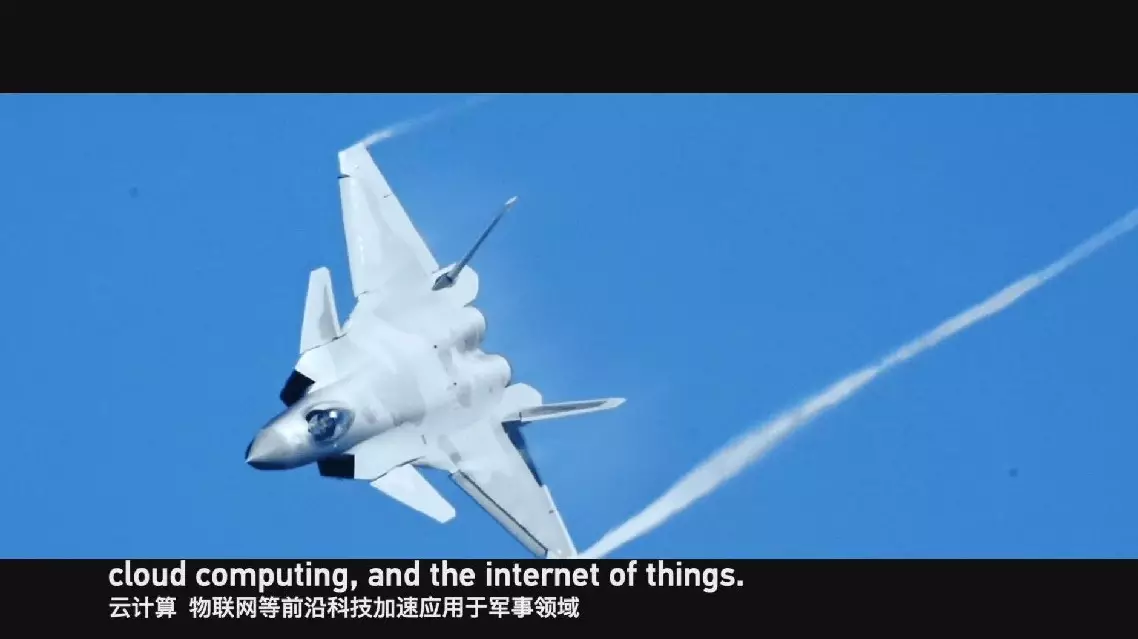
CGTN documentary episode on PLA's innovation for "smart" warfare
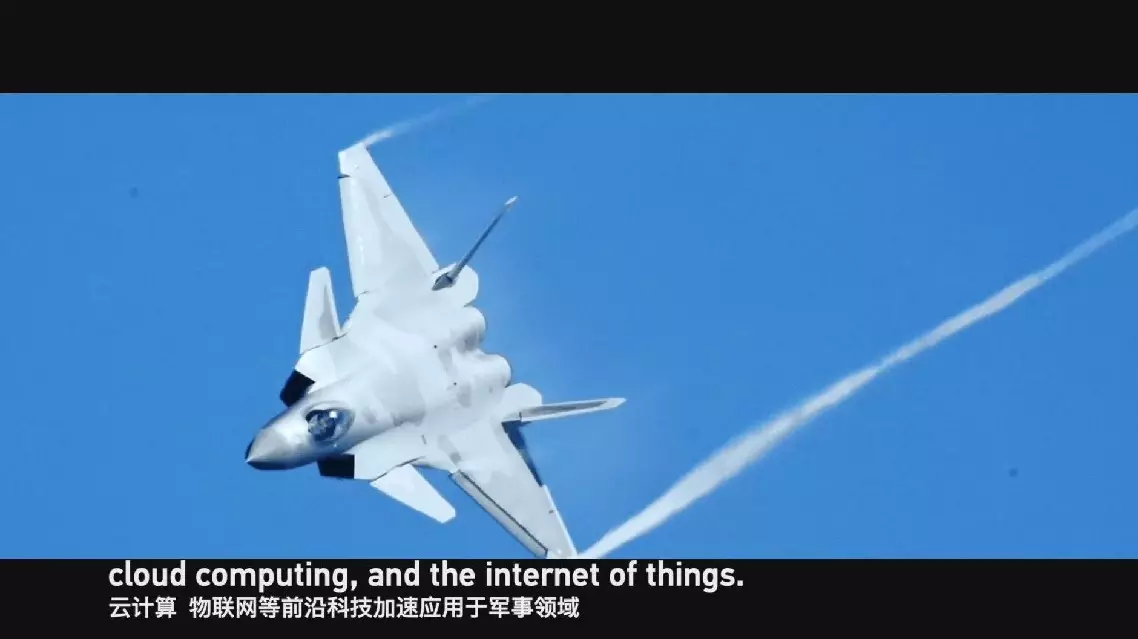
CGTN documentary episode on PLA's innovation for "smart" warfare


